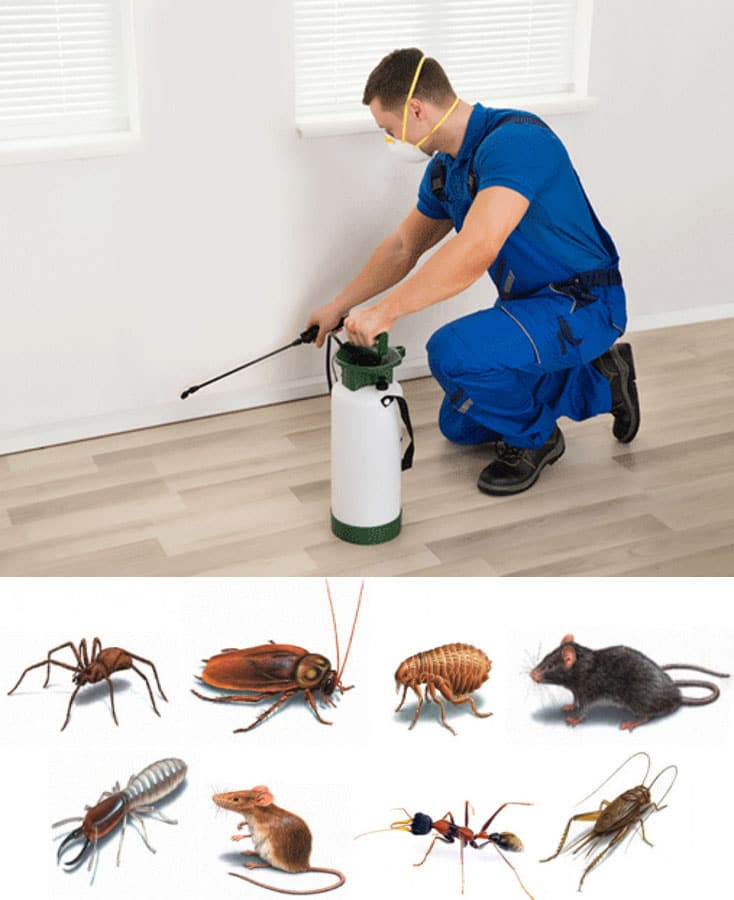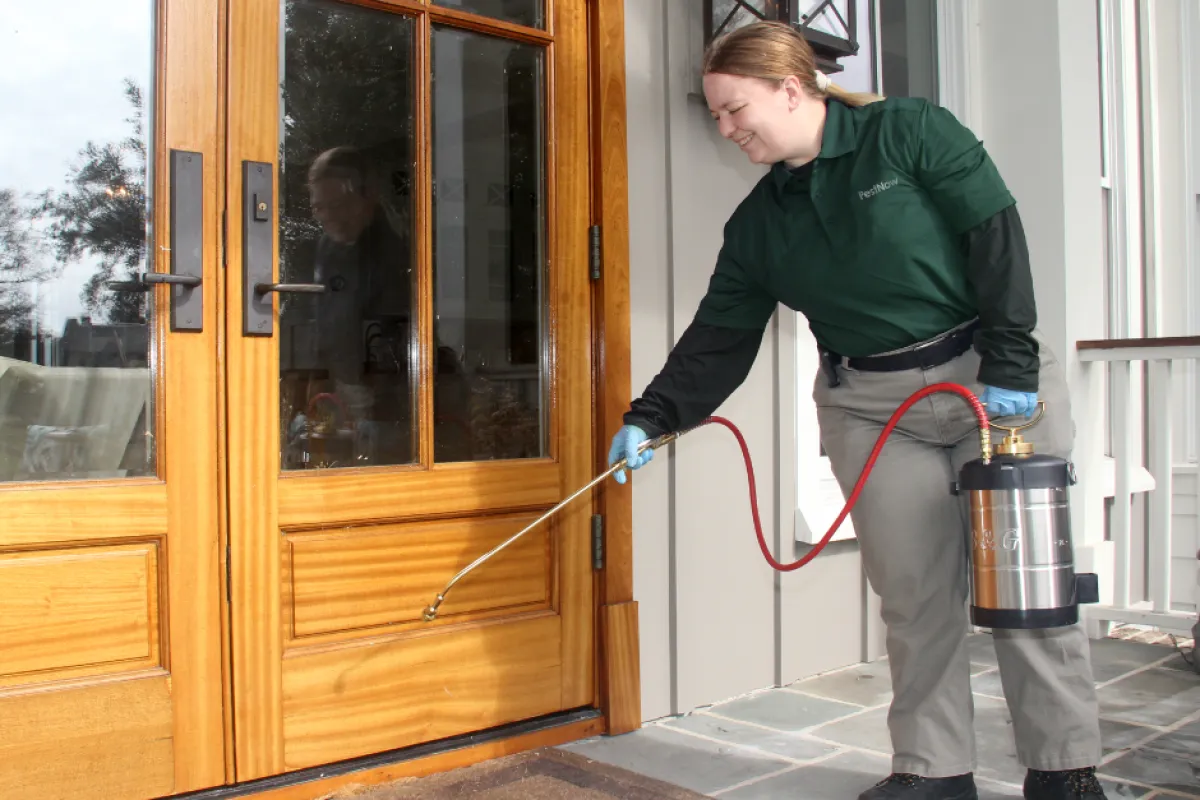Protect your home safe with Pest Control and prevent future infestations.
Eco-Friendly Pest Control Approaches for Handling Wildlife in Urban Locations
Urban locations commonly find themselves at the intersection of human task and wild animals, leading to one-of-a-kind challenges in insect administration. These methods not only protect the setting however also boost community involvement in wild animals monitoring. As urban populaces proceed to grow, recognizing the characteristics of wildlife communications comes to be progressively important.
Understanding Urban Wild Animals Dynamics
Recognizing Urban Wildlife Characteristics is essential for creating efficient and eco-friendly parasite control approaches. Urban areas are progressively ending up being environments for different wild animals types, driven by aspects such as environment fragmentation, food schedule, and human advancement. Recognizing these characteristics permits a nuanced approach to pest administration that lines up with environmental principles.
Urban wild animals typically consists of species such as raccoons, squirrels, and birds, which adapt to city atmospheres, finding niches in eco-friendly areas, parks, and also suburbs. Their existence can result in conflicts with people, particularly when they make use of personnels for food and sanctuary. Recognizing the actions and eco-friendly roles of these varieties informs techniques that reduce negative communications while advertising biodiversity.
Moreover, acknowledging the interdependencies within metropolitan ecological communities helps in recognizing essential locations for environment preservation and repair. This expertise adds to the advancement of incorporated bug administration (IPM) methods that think about the environmental balance, thus minimizing dependence on harmful chemicals. By fostering coexistence between human beings and urban wild animals, cities can develop much healthier settings that benefit both residents and neighborhood ecological communities, leading the means for lasting city living.
All-natural Repellents and Deterrents
Natural repellents and deterrents supply a lasting choice to standard parasite control approaches by taking advantage of the power of nature to maintain unwanted species at bay. These eco-friendly remedies commonly use plant-based components, essential oils, and other normally happening compounds that deter pests without damaging the environment.
One efficient natural repellent is peppermint oil, which is known to repel rats and bugs. Its solid fragrance is undesirable to many parasites, making it a prominent choice for city settings. Similarly, vinegar and citrus peels can work as deterrents, as their strong smells are normally unattractive to various wildlife.
Furthermore, diatomaceous planet is an all-natural powder that can be spread out in locations susceptible to pest task, efficiently drying out and hindering pests without positioning threats to non-target types. In addition, garlic sprays and neem oil are acknowledged for their capacity to drive away a variety of insects, consisting of both insects and bigger wild animals.
Executing these all-natural repellents not just decreases dependence on chemical pesticides yet also advertises a much healthier urban environment, promoting a more well balanced conjunction in between humans and wild animals. By using these techniques, metropolitan areas can successfully handle insect populaces while decreasing ecological influence.
Environment Alteration Techniques
Effective environment alteration strategies play an important function in lasting parasite management by altering the environment to make it less next page for pest problems. By comprehending the environmental dynamics of metropolitan locations, homeowner can apply calculated modifications that prevent parasites while advertising biodiversity.
(Home Pest Control)One key strategy entails maintaining appropriate cleanliness. This consists of normal waste removal, safeguarding garbage containers, and eliminating standing water to decrease breeding sites for bugs and rats. In addition, landscape design techniques such as selecting native plants can improve eco-friendly equilibrium, providing habitats for beneficial microorganisms while decreasing sources for bugs.
Another vital method is to seal access factors in buildings. Examining and repairing splits in structures, walls, and windows can dramatically minimize insect accessibility. Additionally, developing physical barriers, such as fencings or plant barriers, can prevent wild animals movement right into human-inhabited areas.
Integrated Insect Administration Practices
Structure upon environment adjustment techniques, integrated parasite administration (IPM) methods supply an alternative method to regulating insect populaces while lessening ecological effect. IPM incorporates various strategies, consisting of biological, social, mechanical, and chemical controls, to achieve effective bug management.
Organic control involves the intro of all-natural predators or bloodsuckers to reduce bug populaces. Cultural methods, such as plant rotation and hygiene, disrupt pest life cycles and decrease their habitats - Pest control service. Mechanical controls, like traps and barriers, offer prompt remedy for pest pressures without chemical treatment
Chemical controls are made use of as a last hope, concentrating on targeted applications that limit damage to non-target types and the setting. The selection of eco-friendly chemicals, when necessary, is important to the IPM structure. In addition, checking parasite populaces and evaluating potential damage assists inform decision-making, ensuring that treatments are prompt and reliable.
Neighborhood Participation and Education And Learning

(Gopher Control)Workshops and informative sessions can furnish locals with understanding regarding indigenous species, habitat preservation, and reliable non-toxic parasite management techniques. Partnership with institutions, regional companies, and federal government firms further enhances educational outreach, making sure that essential information gets to varied target markets.
Additionally, community-led efforts, such as community clean-up days and habitat remediation jobs, not only promote biodiversity but also enhance neighborhood ties. Pest Control. By encouraging residents to share their experiences and observations, communities can develop targeted techniques that deal with particular regional insect problems
Integrating feedback from residents into pest monitoring plans makes it possible for an extra responsive and adaptive approach to wildlife obstacles. Eventually, notified and involved communities are crucial to accomplishing long-term success in environmentally friendly pest control, bring about healthier urban settings that appreciate both human and ecological demands.

Conclusion
In verdict, eco-friendly insect control approaches offer sustainable services for managing metropolitan wildlife. By prioritizing habitat adjustment, using natural repellents, and applying incorporated bug monitoring practices, communities can foster a harmonious conjunction with local fauna.